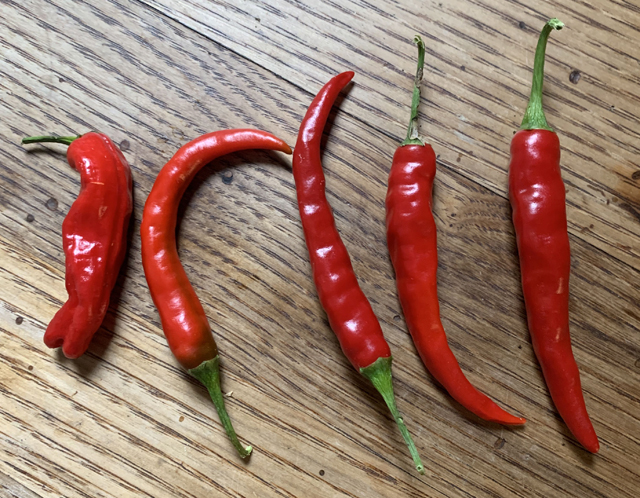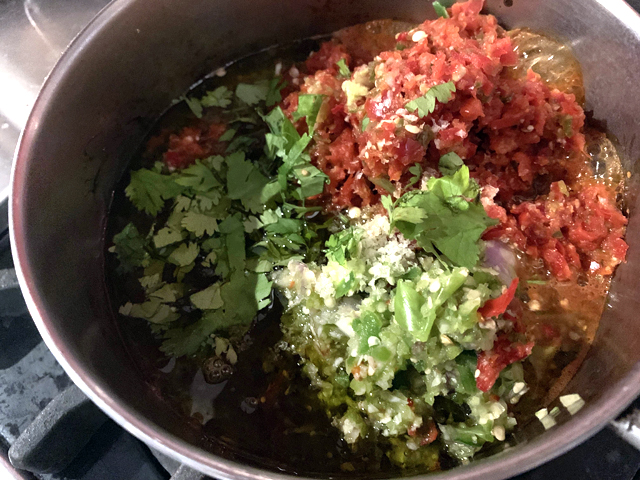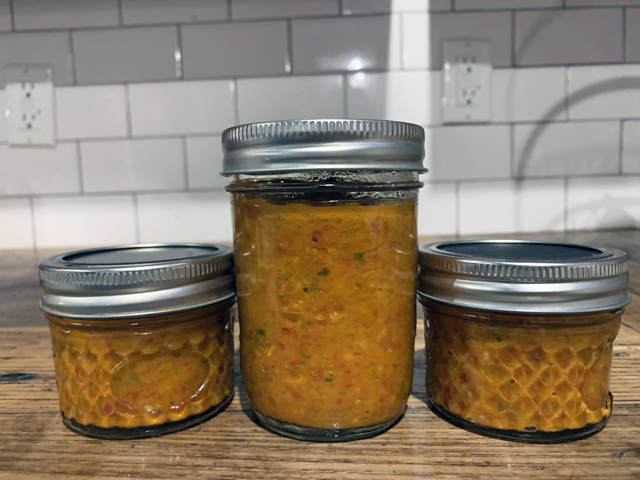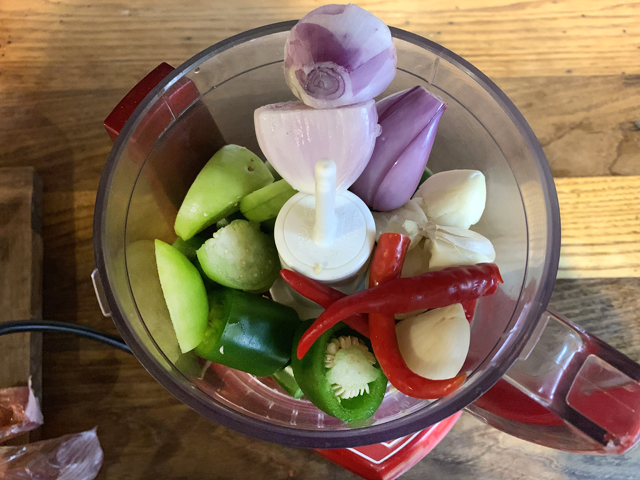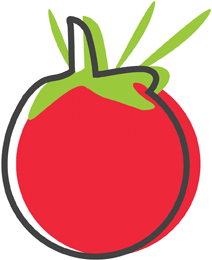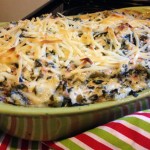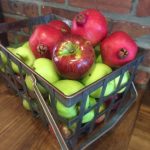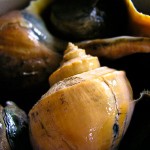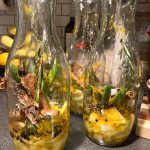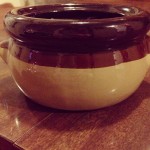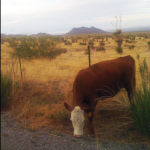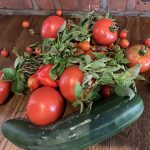Red Hot Chili Peppers
My column this week isn’t about the 90s funk-rock band out of L.A., rather I’m discussing the spicy, hot fruits that I grew in my garden this year.
It started this spring. I must have picked up a cayenne pepper plant by mistake or maybe it was mislabeled, who knows. I didn’t realize I had chili peppers growing in my garden until a few weeks ago when they began turning red. All along I thought they were stunted shintos!
I found cayenne very easy to grow, unlike bell peppers* which I’ve had little luck with. I just watered the plant a few times a week and had some compost in the soil. You can harvest chili peppers when they’re green, but they will have less heat. The more red in color, the hotter they will taste. Keep in mind that cayenne pepper is stronger than Jalapeño. Eat with caution!
“Chili pepper” is a broad term. It is believed that there are close to fifty thousand cultivars! The peppers originate from central Mexico. They were brought to Spain and the rest of the world by Columbus in 1493. Their usage is worldwide and the peppers are found in just about every ethic cuisine today. They come in all different fun shapes, colors, sizes and heat intensities.
Why do we like to torture our tongues and eat spicy foods? Scientists theorize that humans eat hot food for the same reason we enjoy roller coasters or jumping into the icy cold ocean or even watching a tear-jerker movie. We seek out pain (heavy). More specifically, people can enjoy extreme sensations or fear if we know it poses low-risk. The chemical capsaicin is what makes hot peppers hot. The production of the compound is a natural defence mechanism for the plant, which prevents most mammals and insects from eating it. Interestingly, birds lack the sensors for capsaicin, therefore the fowl eat and spread the seeds in their droppings which helps to insure the survival of chilli peppers. Mother Nature is so smart — this stuff fascinates me!
With my harvest, I decided to make a red hot chili pepper paste for use in various meals. Think marinated spicy hot peppers with sautéed shallots and garlic, all infused together in one condiment. After reading several recipes, I came up with my own variation, which I guarantee is FIRE!
Paula’s Red Hot Chili Pepper Paste
(makes 1 1/2 cups)
Ingredients:
6 cayenne peppers
3 jalapeno peppers
1 red bell pepper (to cut some heat and add sweetness)
2 large chalets
5 cloves garlic
1 tomatillo (for tartness)
1 tablespoon loosely chopped cilantro
½ cup olive oil
Salt
Directions:
1. Chop all ingredients in a food processor
2. Heat the oil and then transfer the pepper mixture into a small saucepan. Cook on low for 20 minutes stirring occasionally. Let it cool.
3. Pour the mixture with the oil back into the food process and pulse for 30-40 seconds
4. Store in an airtight container, lasts up to three weeks.
I added the mixture to mayo for a creamy, spicy sauce. It was delicious on the burgers I made for dinner. The chili pepper sauce can be used in so many ways – on tacos, Indian curry, marinated chicken breast – for some oomph, huevos rancheros, spicy red sauce. You get the point, enjoy!
*Fun food fact: green, yellow, orange and red bell peppers are the same fruit. The difference in appearance and flavor is due to the harvest time. Green being the earliest, red being the latest stage. The longer it’s on the vine, the sweeter it tastes.
For more follow me on Instagram – @theglorifiedtomato
